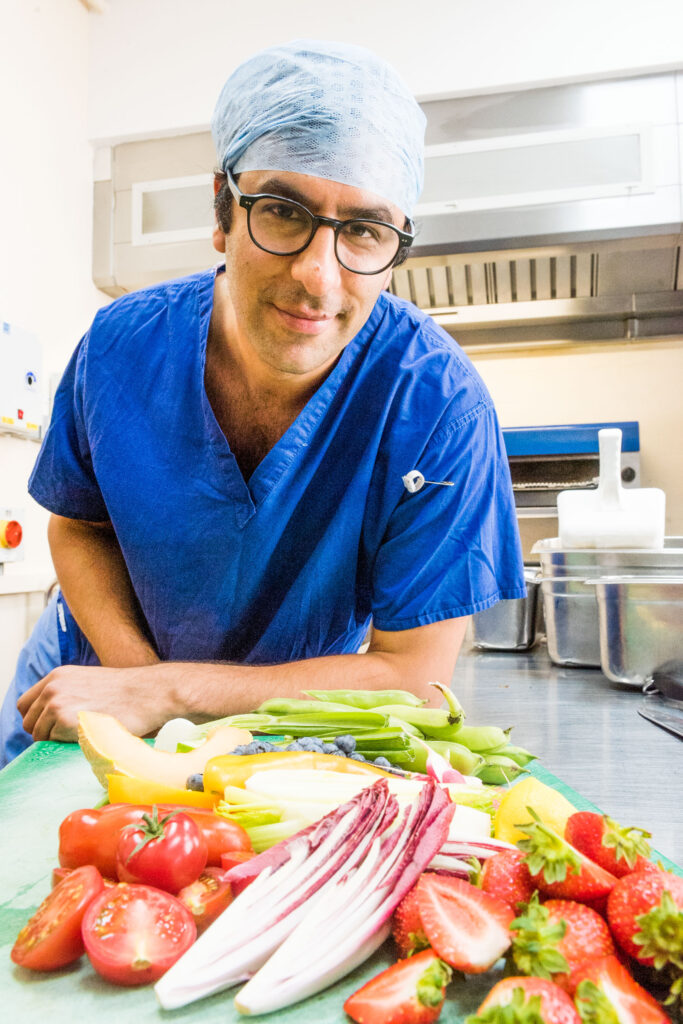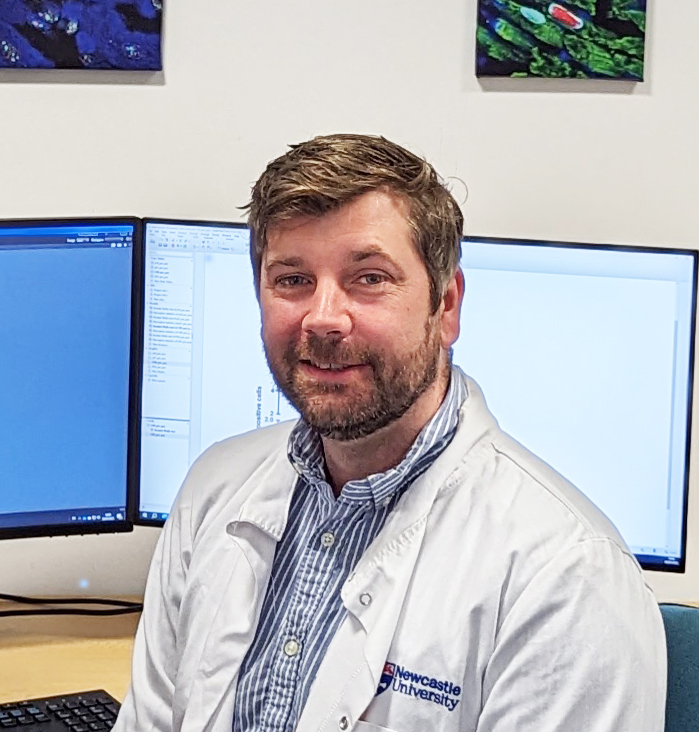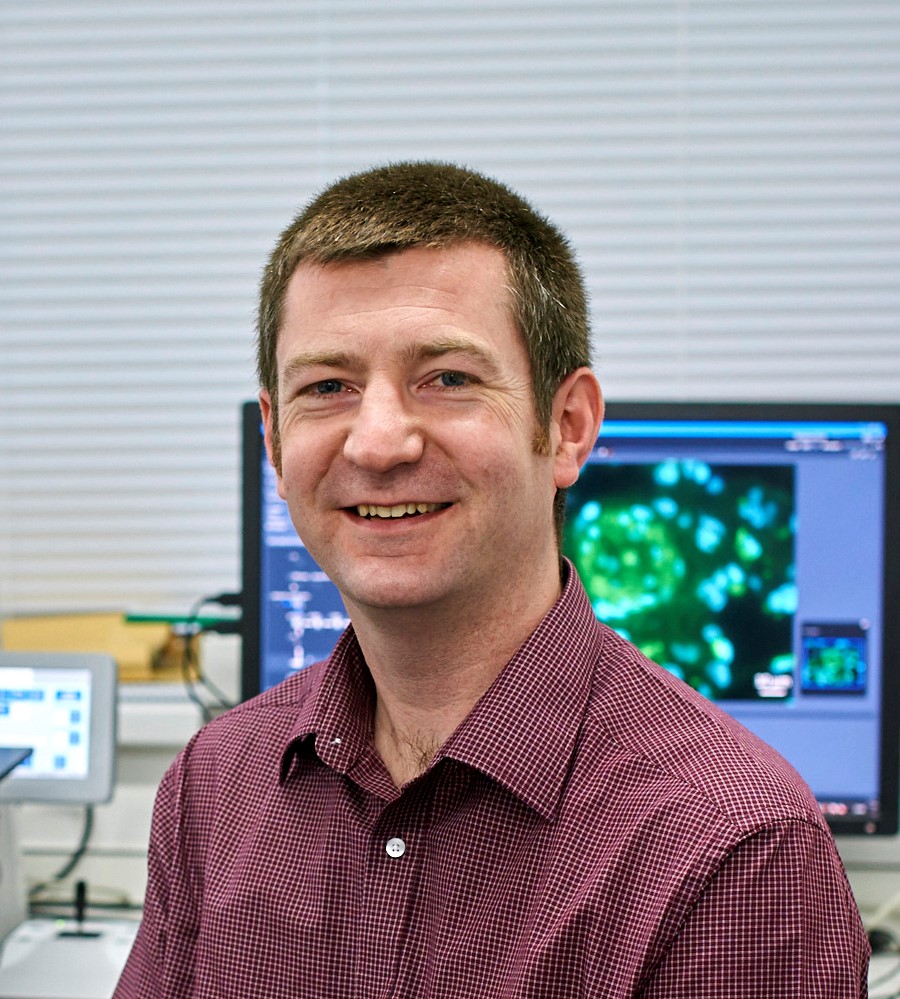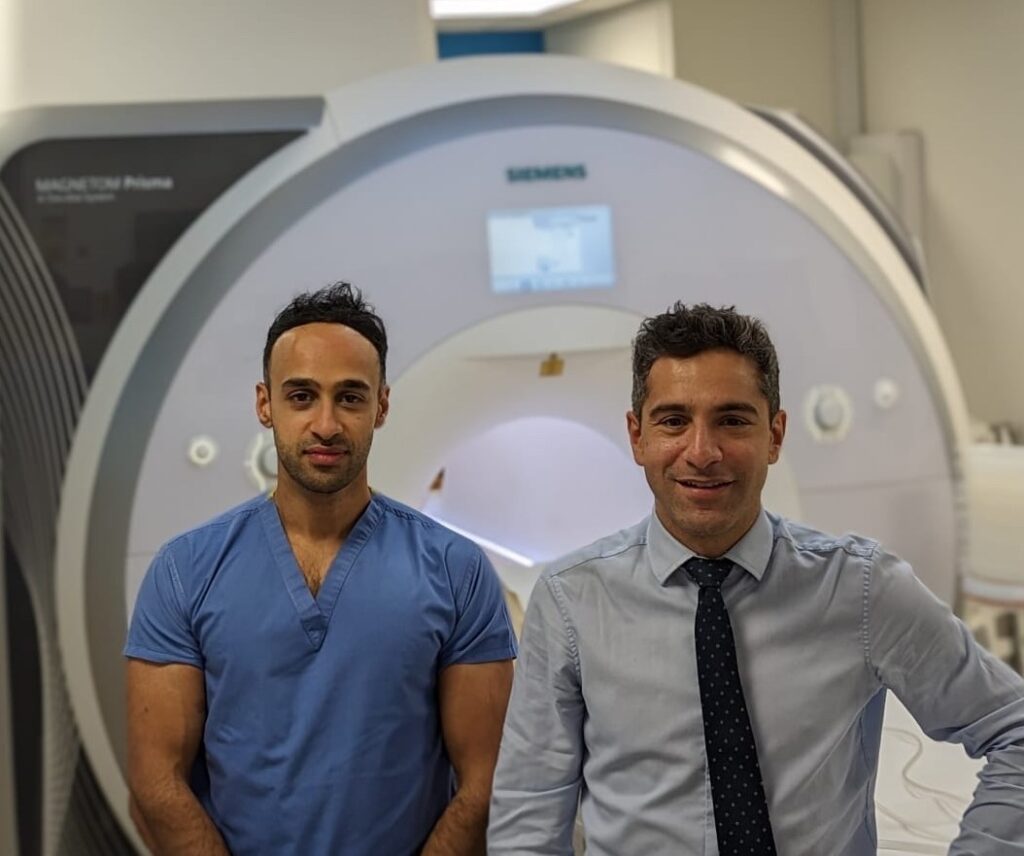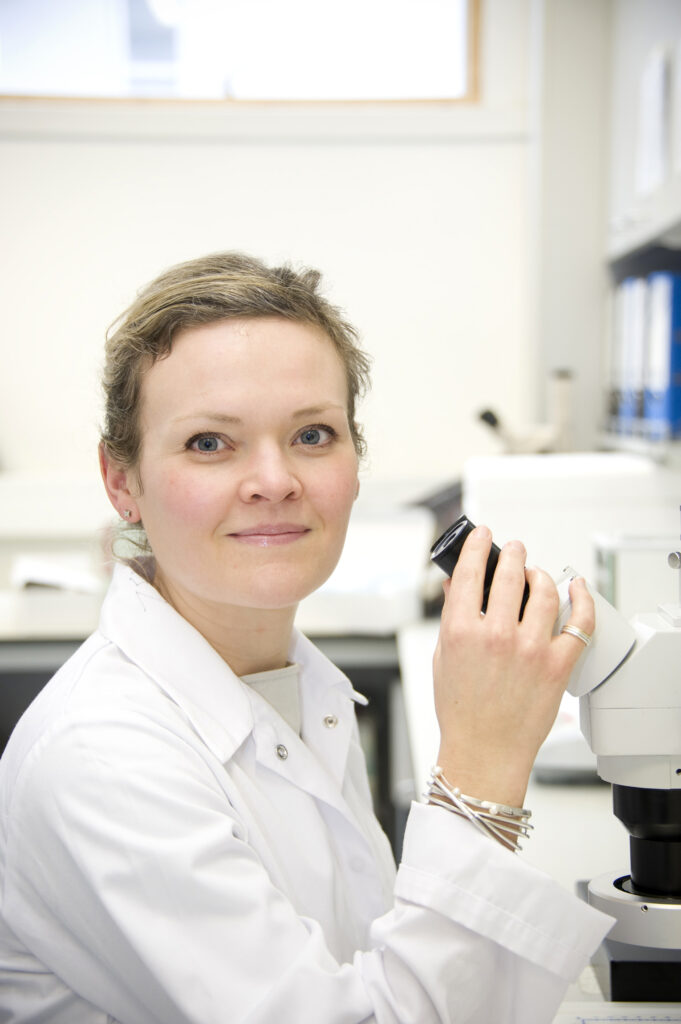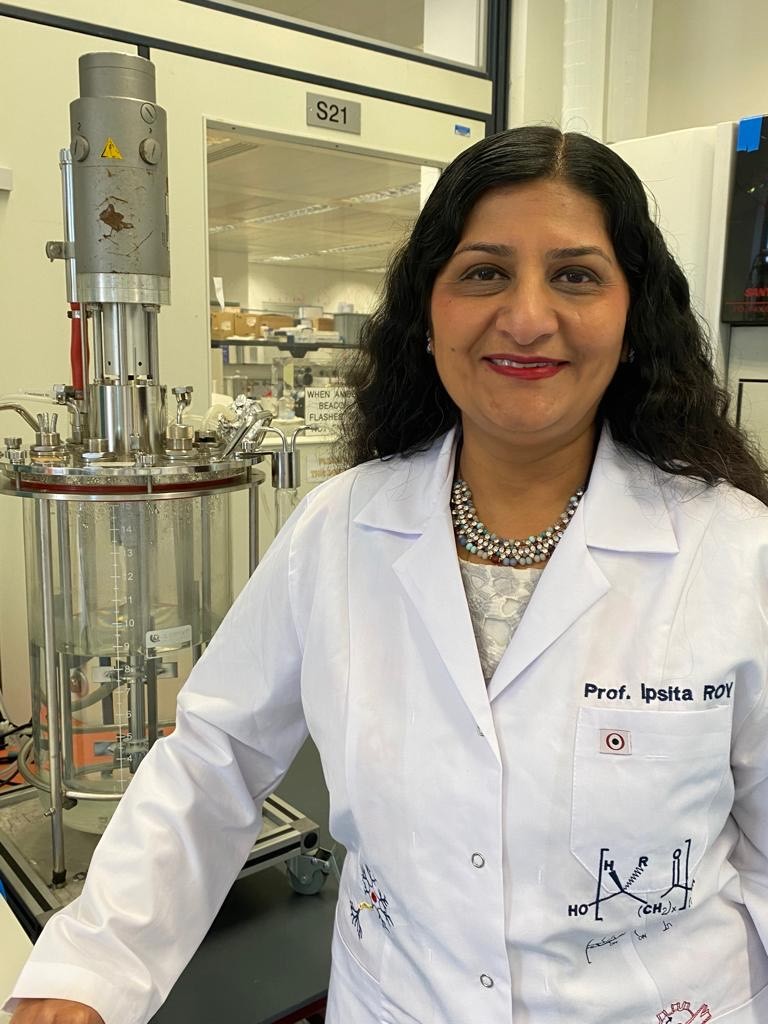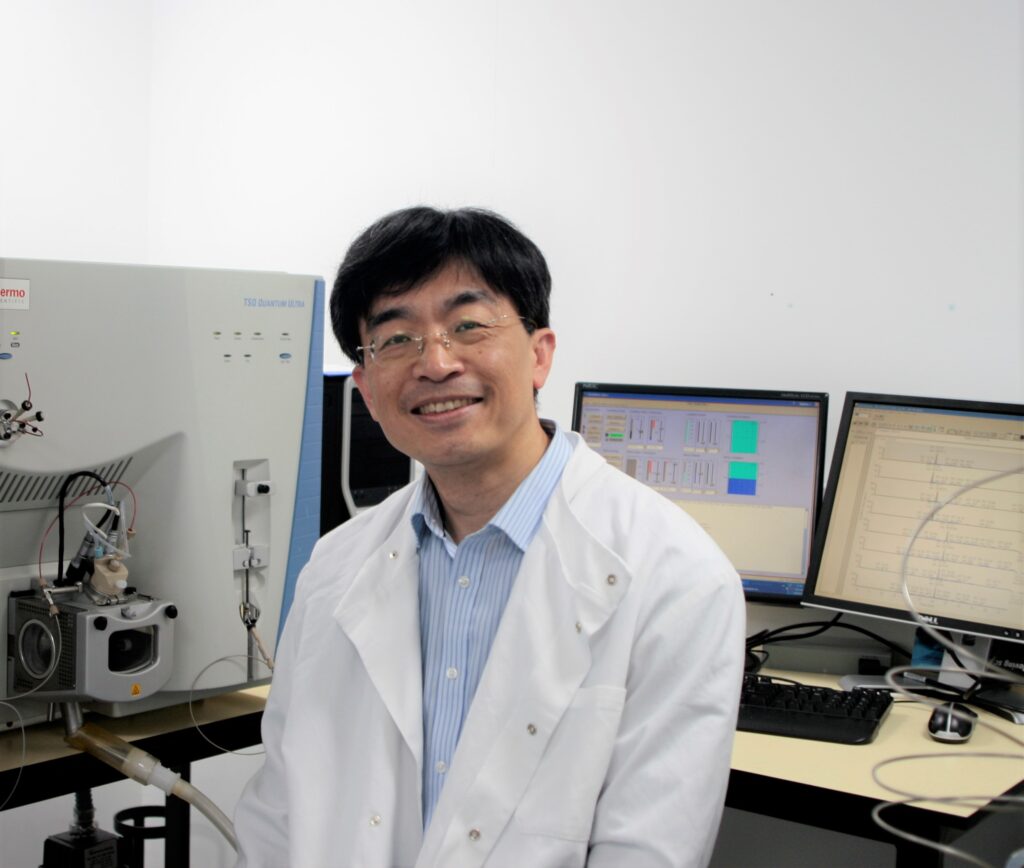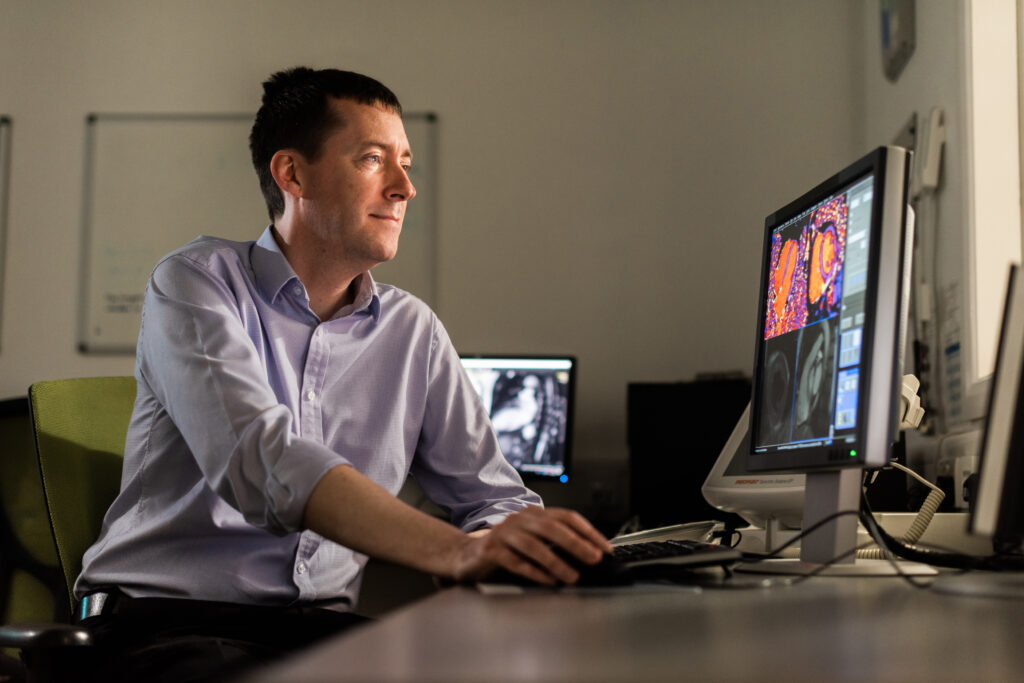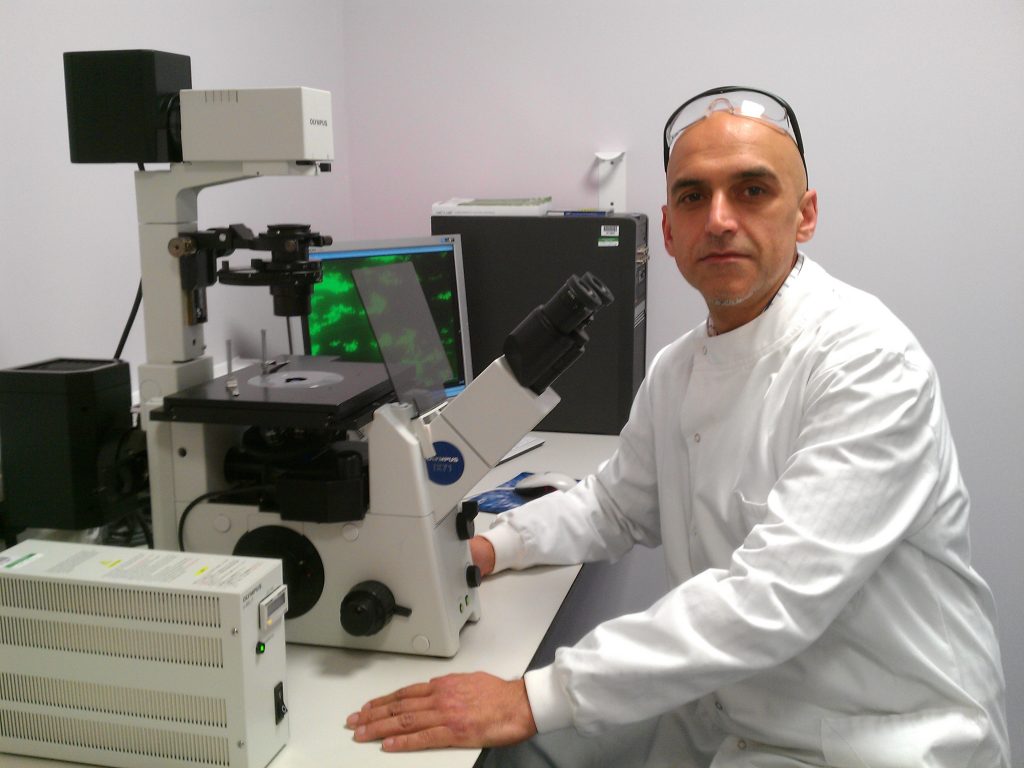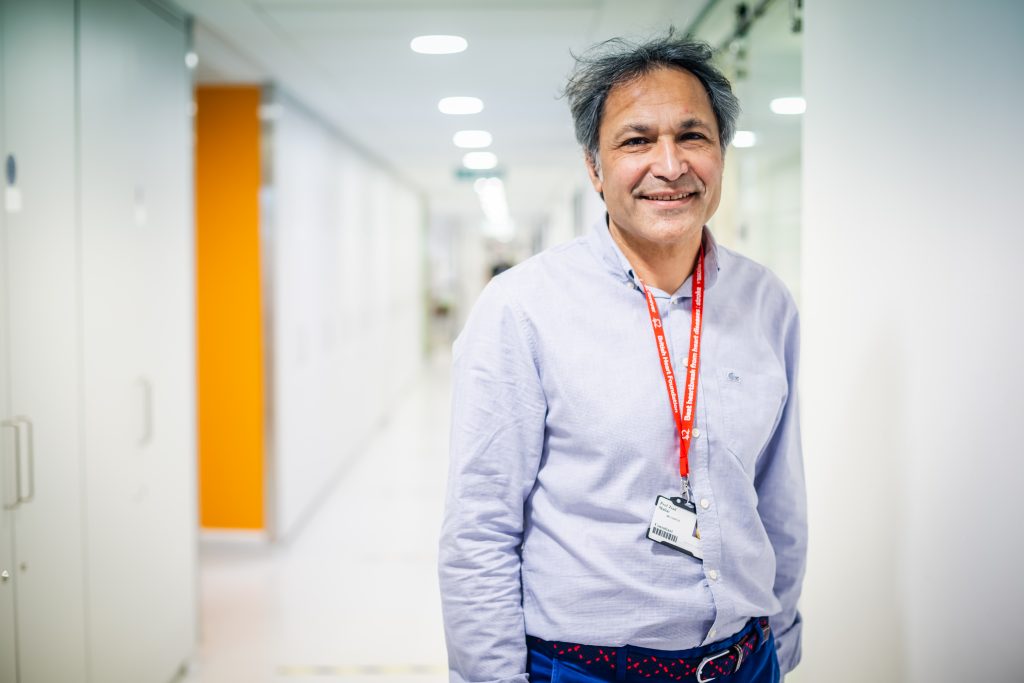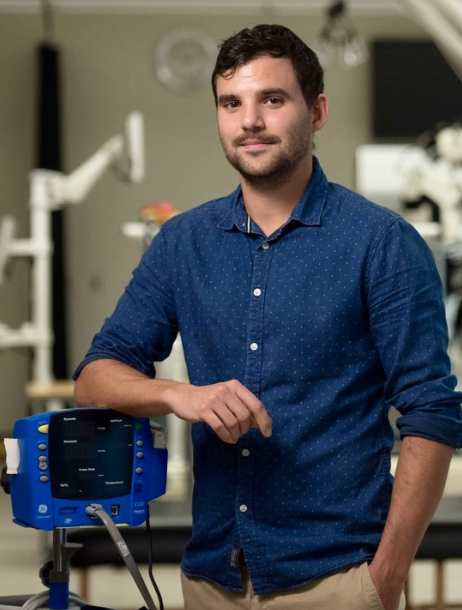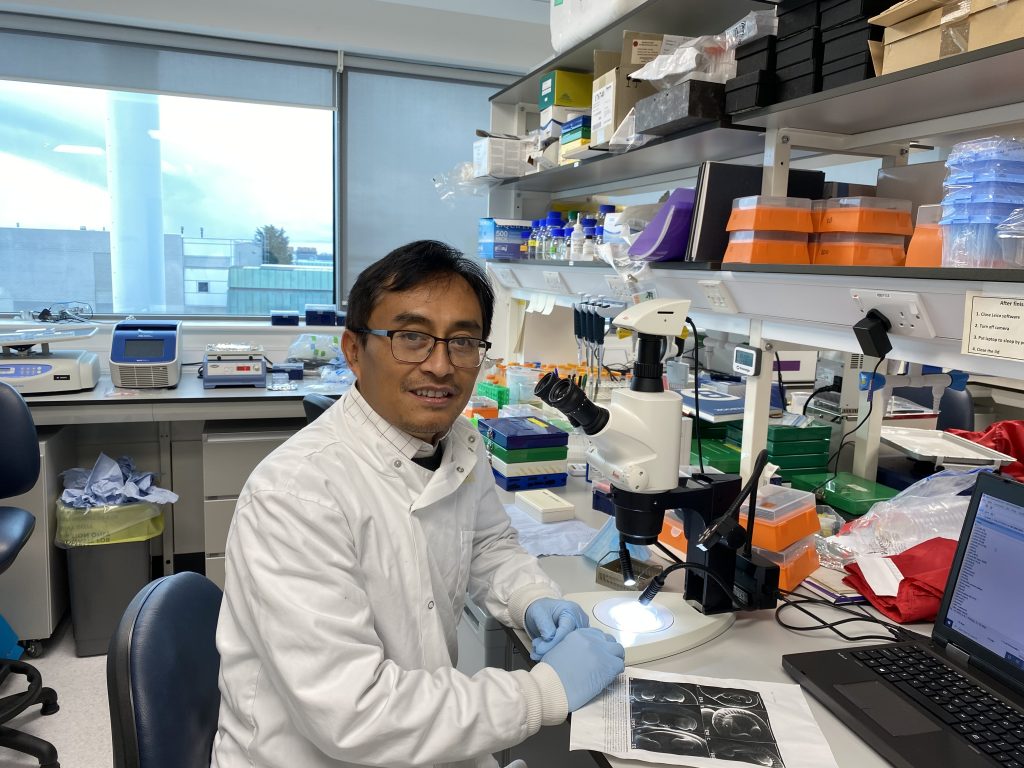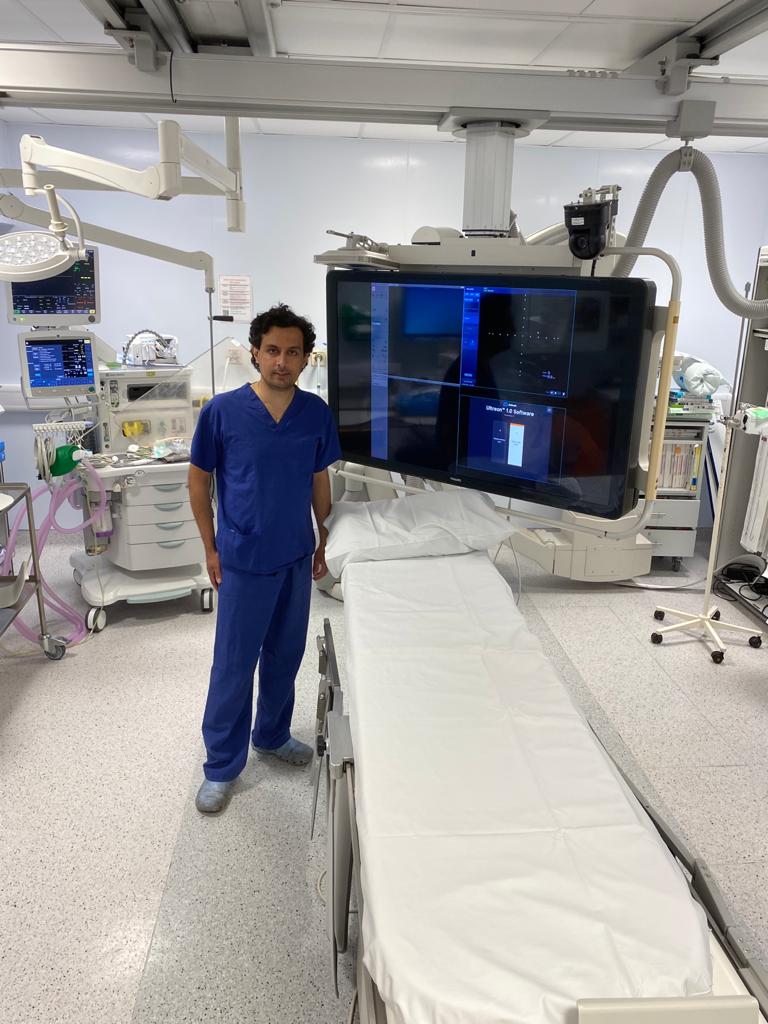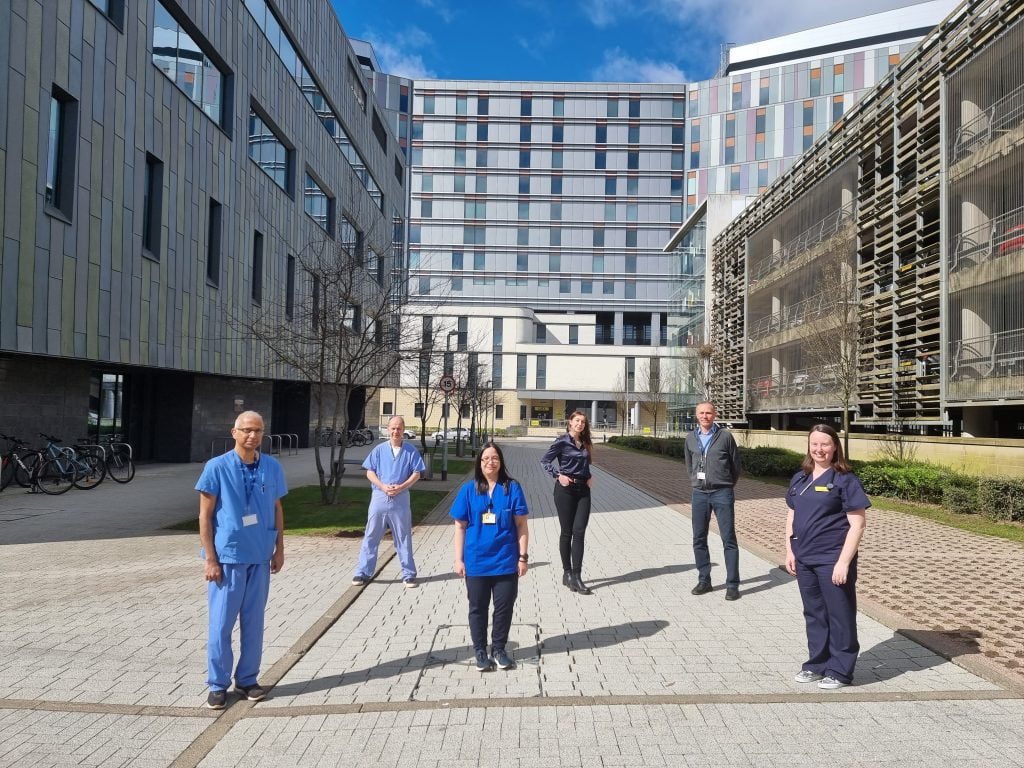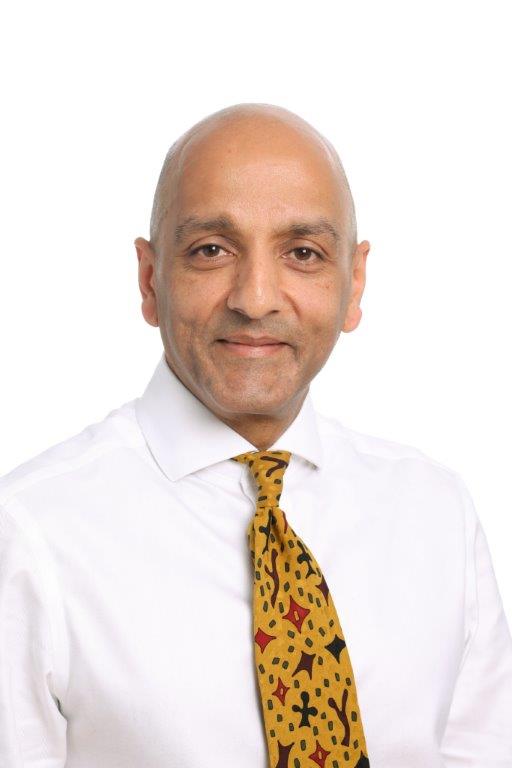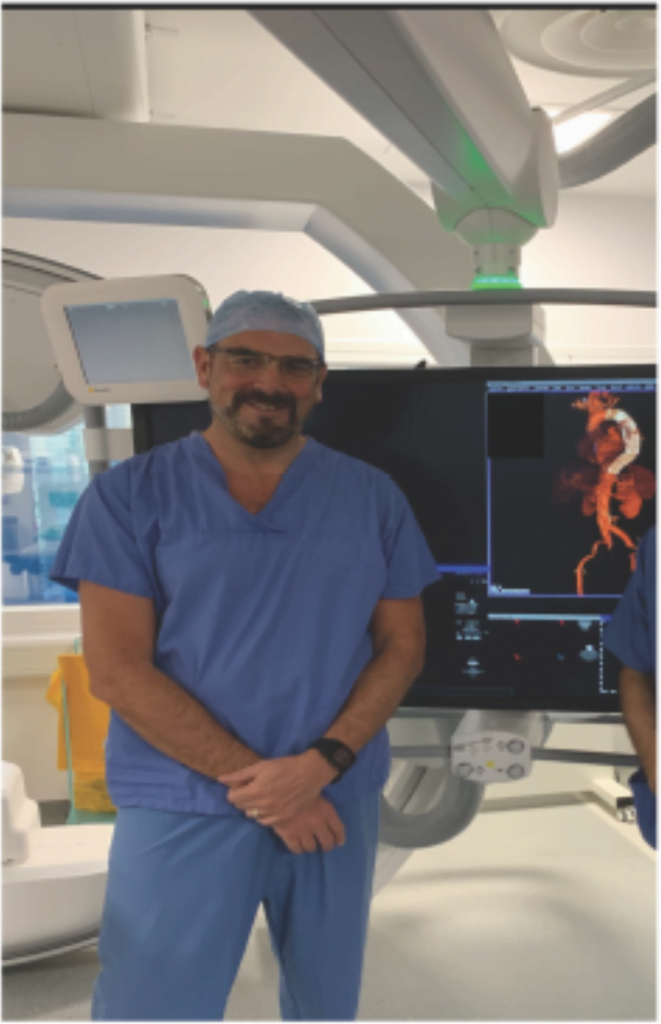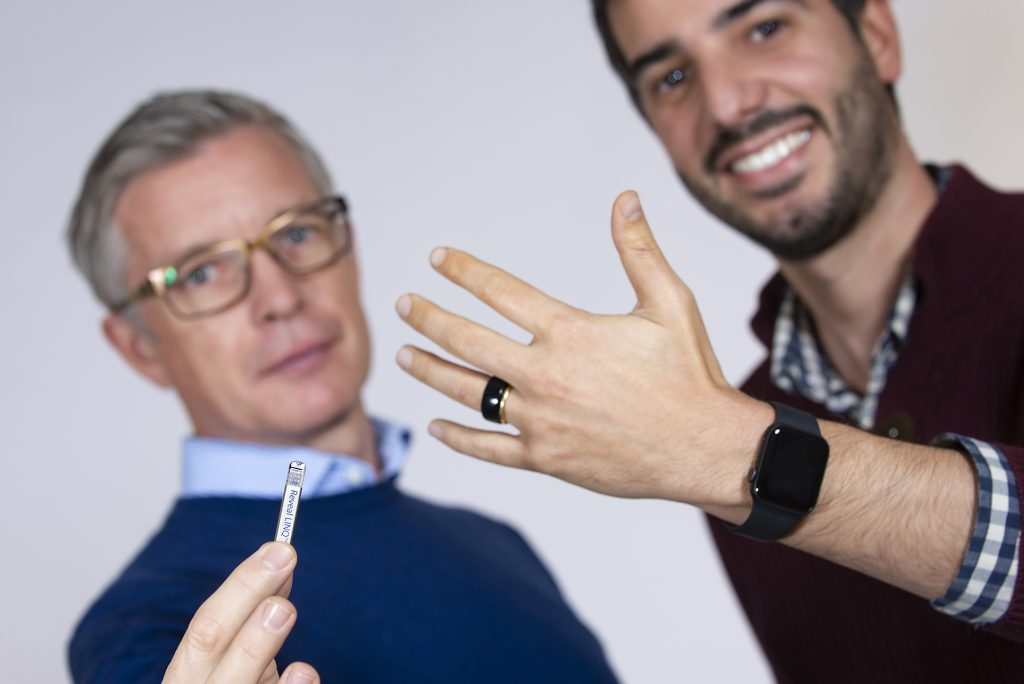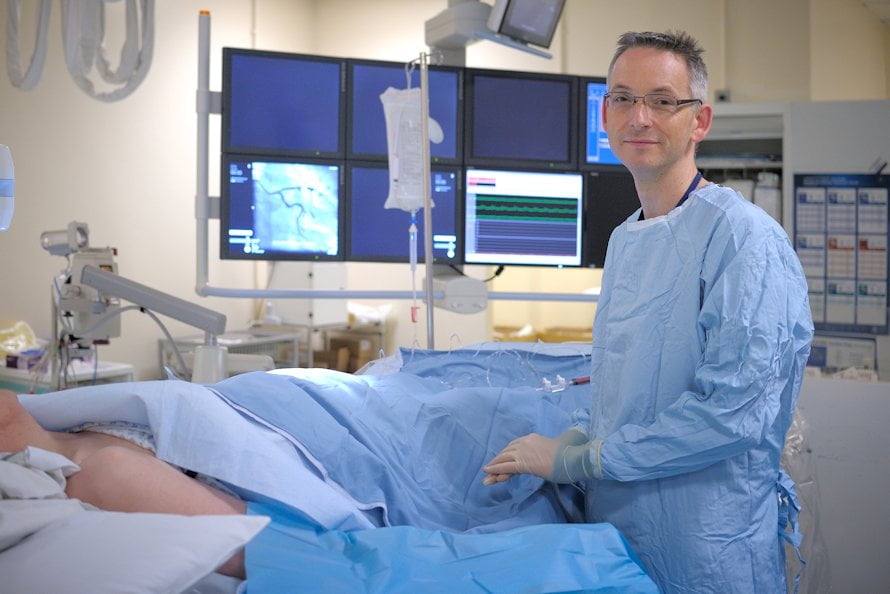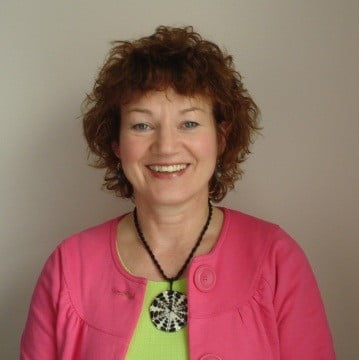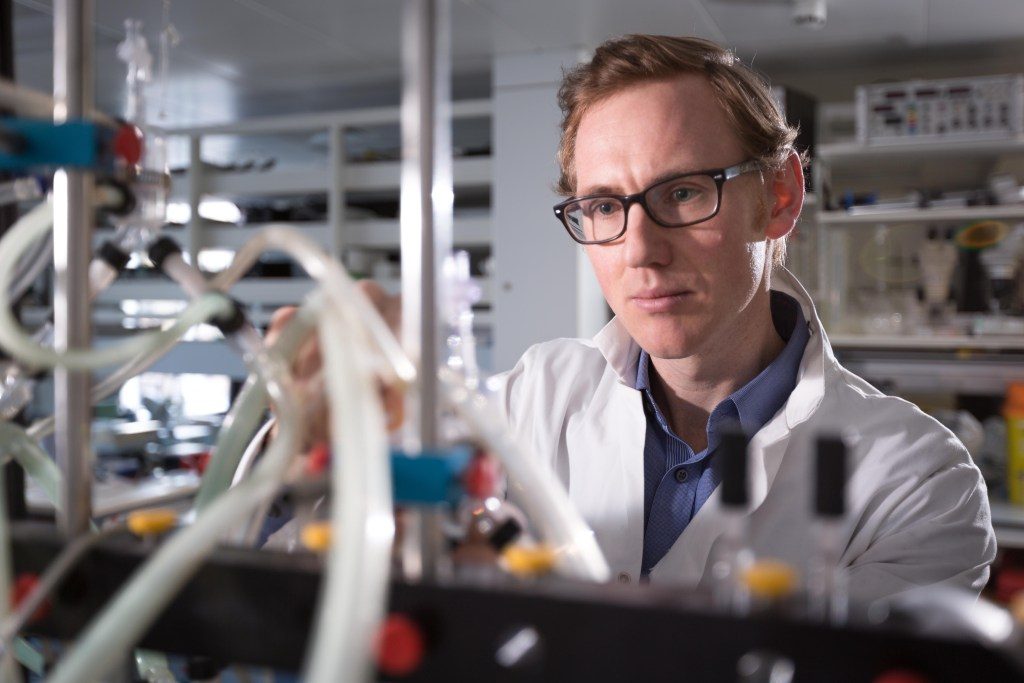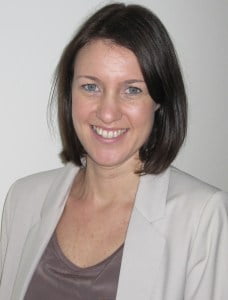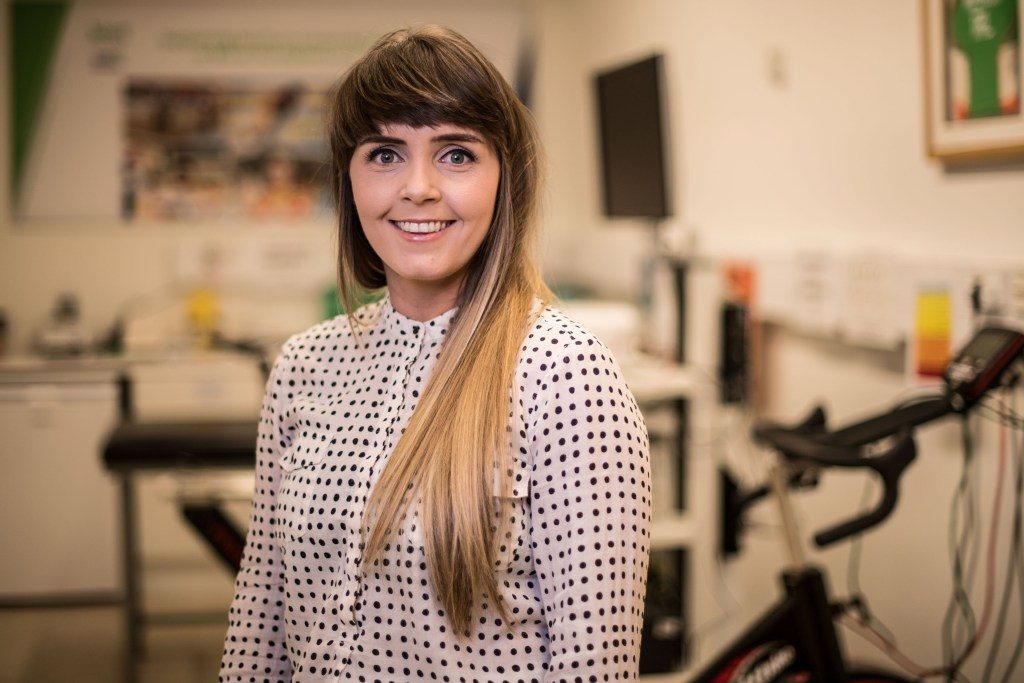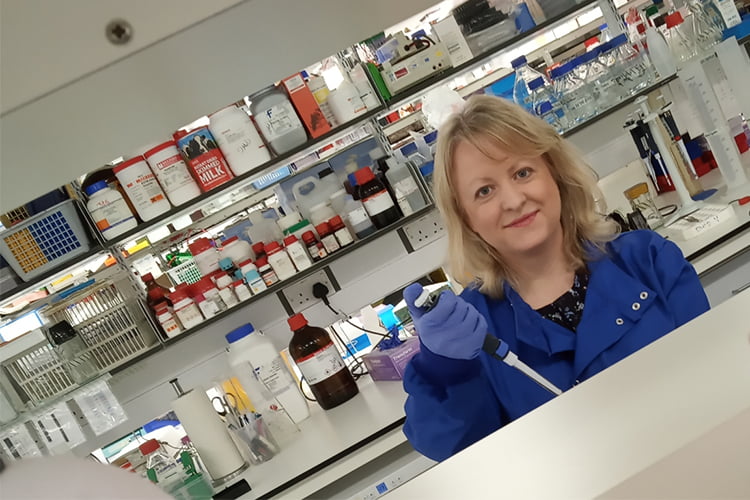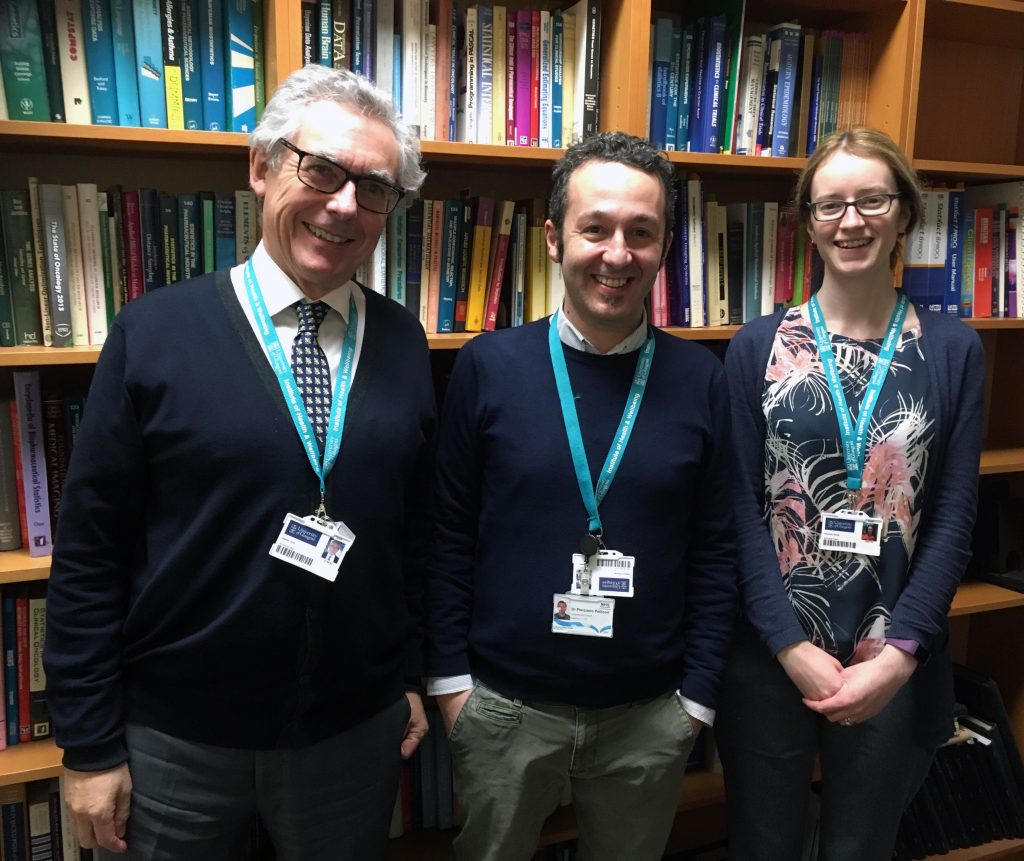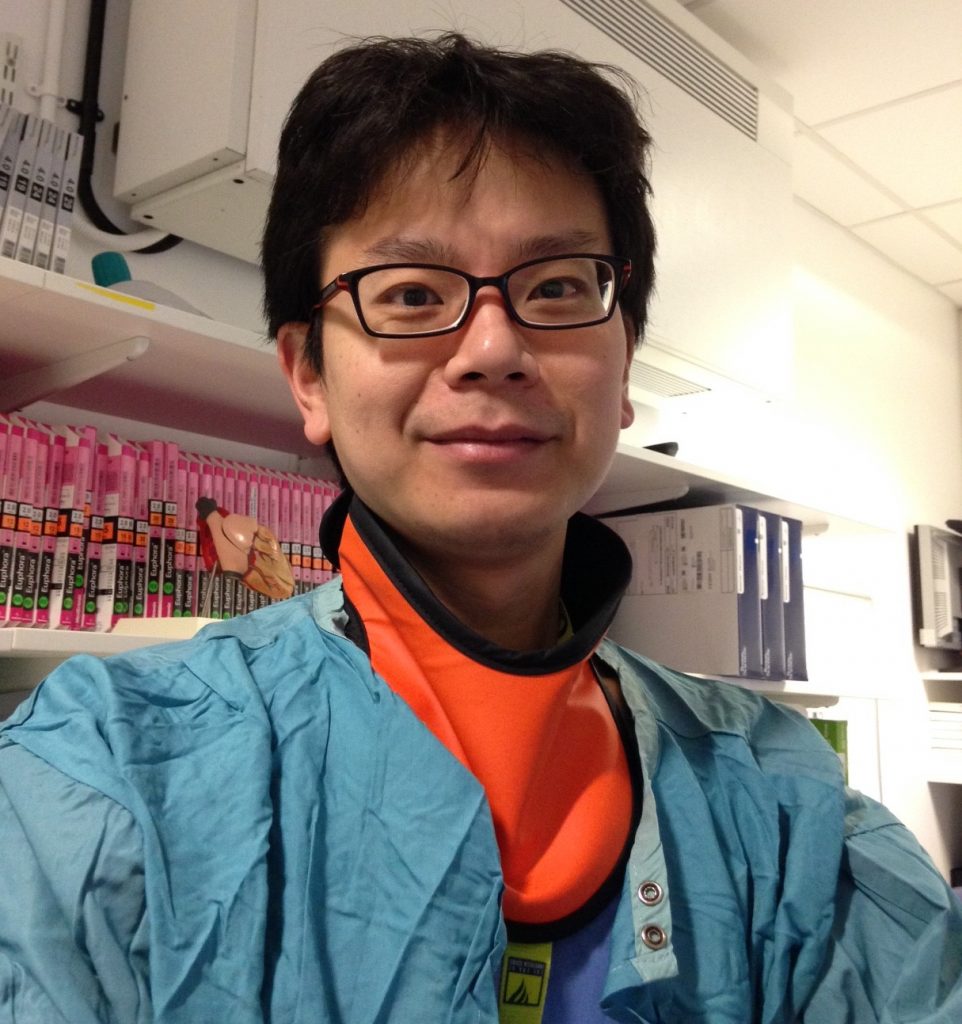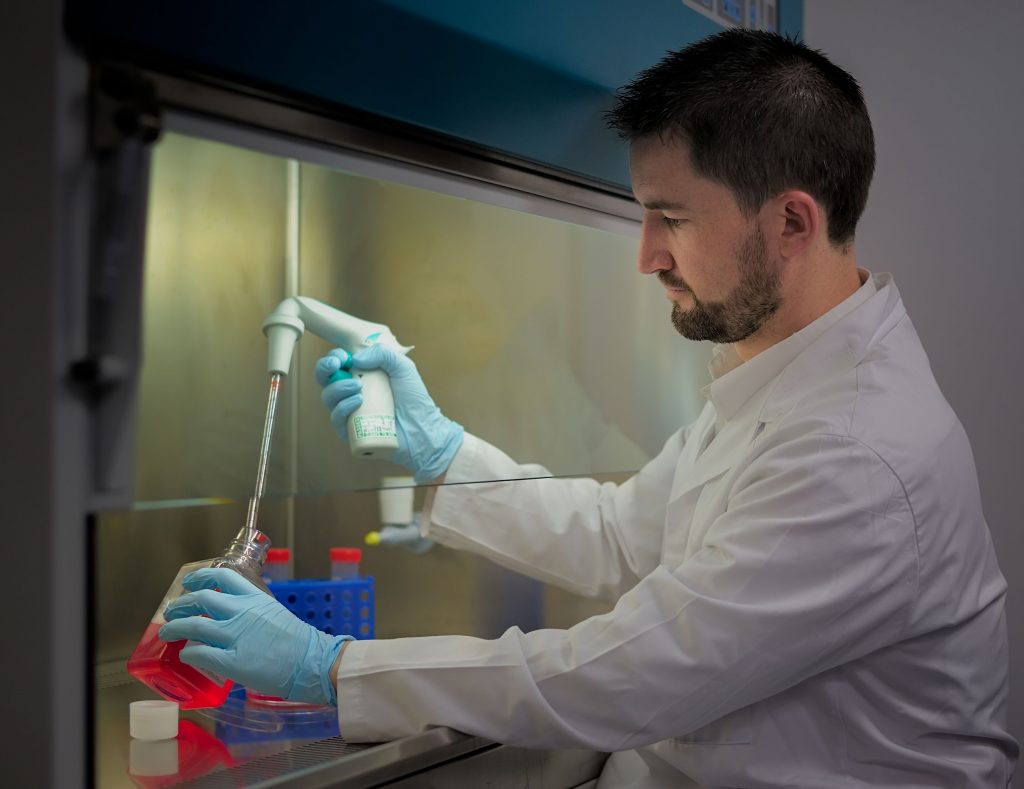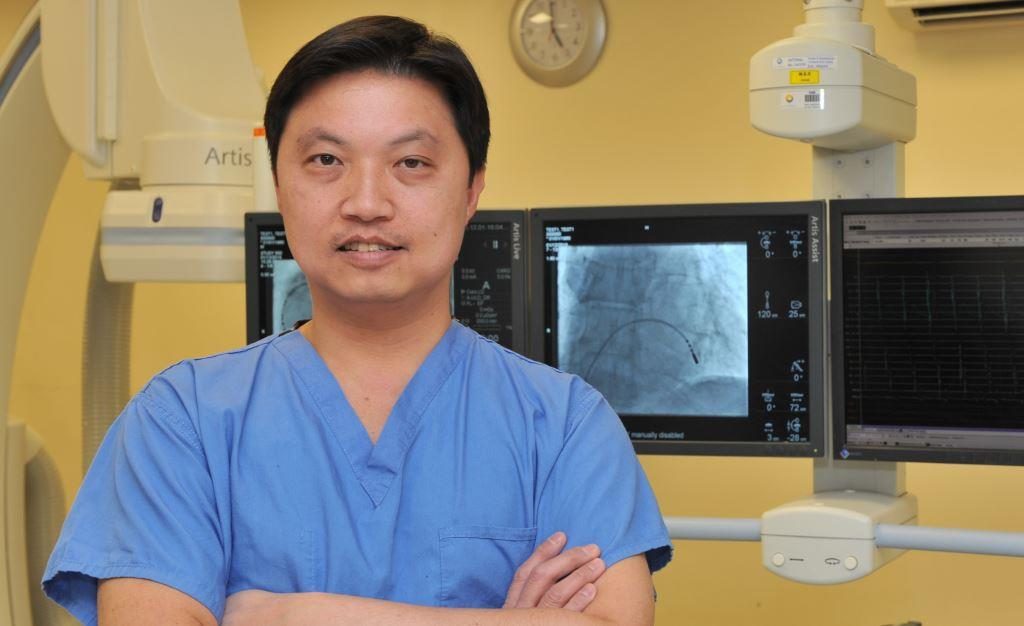Novel and Emerging Technologies (NET) Grant
Dr John Gierula
University of Leeds
Amount: £217, 107
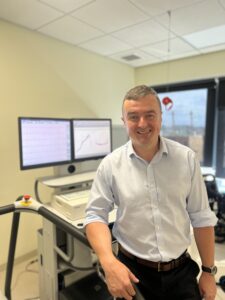
Summary: People with heart failure and pacemakers often experience breathlessness and fatigue during physical activity. This project aims to develop a cost-effective technique for measuring the optimum heart rate to facilitate physical activity in people with heart failure, so that their pacemaker can be programmed accordingly. This has the potential to significantly improve quality of life for these people.
People with heart failure are often afflicted with breathlessness and fatigue, particularly when performing physical activity. This can have a profound impact on quality of life, making something as simple as walking up the stairs an overwhelming task. Around 30% of patients diagnosed with heart failure will receive a pacemaker, a device implanted in the chest that retunes the contraction of the heart and can also increase heart rate during physical activity. Some of the medication prescribed to people with heart failure limit how fast the heart can beat, which can contribute to the breathlessness and fatigue experienced during physical activity.
When healthy people exercise, their heart rates increase together with heart pumping power so that more blood is pumped to the muscles. In heart failure, however, this relationship is disrupted, meaning that above an optimal heart rate range, heart pumping power actually decreases. This optimal range is individual to each person and can be measured via a technique known as echocardiography which involves an ultrasound scan of the heart. The pacemaker can then be programmed to allow the heart to reach the best heart rate to facilitate physical activity or exercise. Echocardiography is an expensive, time-consuming process involving two trained clinicians which means it remains inaccessible and infeasible in many NHS trusts.
Dr Gierula and his team will use a different piece of technology, known as a peripheral haemodynamic monitoring device, which uses blood pressure cuffs around the fingers, to establish this optimum heart rate for people with heart failure and pacemakers. This is an inexpensive procedure as compared to echocardiography and can be done in minutes, without the same need for trained clinicians.
The aim of the project is to find out whether this is a valid alternative to the original heart scan method for establishing optimum heart rate in heart failure patients. If it is as effective, it could be incorporated within routine practice in the NHS, providing a cost-effective alternative. In terms of wider clinical impact, this study represents a step closer to widespread personalised pacemaker programming, which has the potential to reduce symptoms and improve quality of life for patients with heart failure and pacemakers across the world.
